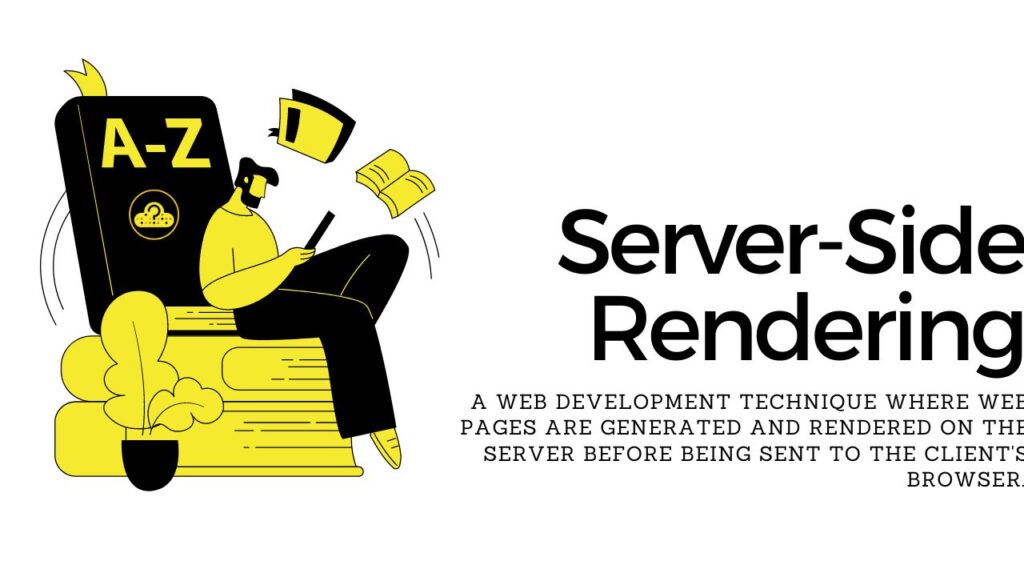What Is Server-side Rendering?
Server-side rendering (SSR) is a web development technique where web pages are generated and rendered on the server before being sent to the client’s browser. This approach contrasts with client-side rendering, where web pages are initially rendered in the browser using JavaScript. Server-side rendering can improve performance and search engine optimization (SEO) by delivering pre-rendered HTML content to the client.
- Short Definition:
- A web development technique where web pages are generated and rendered on the server before being sent to the client’s browser.
- Extended Definition:
-
Server-side rendering (SSR) is a web development technique used to generate and render web pages on the server side before transmitting them to the client’s browser. Unlike client-side rendering, which relies on JavaScript to render web pages dynamically in the browser, SSR involves generating the initial HTML content on the server, including any data or templates required for rendering. This pre-rendered HTML content is then sent to the client’s browser, where it can be displayed to the user without the need for additional processing.
SSR is commonly used in the context of single-page applications (SPAs) built with JavaScript frameworks like React, Angular, or Vue.js. By rendering web pages on the server side, SSR can improve performance by reducing the initial load time and time to first paint, especially for users with slower network connections or less powerful devices. In addition, SSR can enhance search engine optimization (SEO) by providing search engines with pre-rendered HTML content that is easily crawlable and indexable.
To implement server-side rendering, developers typically use server-side rendering frameworks or libraries that integrate with their chosen JavaScript framework. These tools facilitate the rendering of web pages on the server side and help manage data fetching, routing, and other aspects of SSR. Overall, server-side rendering is a valuable technique for improving performance, SEO, and user experience in web applications.

How Are Server-Side Rendering and Server-Side Scripting Related?
Server-side scripting and server-side rendering are related concepts in web development, but they serve different purposes and are used in different contexts.
Server-side scripting involves executing scripts on the web server to generate dynamic content for web pages. These scripts run on the server before the web page is sent to the client’s browser. Common server-side scripting languages include PHP, Python, Ruby, and ASP.NET. Server-side scripting is used to process requests, interact with databases, and customize content based on various factors such as user input or database queries.
On the other hand, server-side rendering (SSR) specifically refers to the process of rendering web pages on the server side before sending them to the client’s browser. SSR is often used in single-page applications (SPAs) built with JavaScript frameworks like React, Angular, or Vue.js. In SSR, the initial HTML content is generated on the server and sent to the client, along with any necessary JavaScript and CSS files. This approach can improve performance and SEO by delivering pre-rendered content to the client.
While server-side scripting and server-side rendering are both executed on the server side, they serve different purposes and are used in different contexts. Server-side scripting is more general and can be used with any web application, while server-side rendering is a specific technique used primarily in the context of SPAs to improve performance and SEO.
For more definitions, check out our dedicated Definitions List.
